Archive for September, 2021
Going viral: Surveying the risk of transmitting disease
If you ask Dr. David Claborn, you’ll learn they have more influence than you think.
Disruption of land affects inhabitants’ health
Throughout his career, Claborn, director of the Master of Public Health program at Missouri State University, has studied the public health implications of disrupted environments, which are land or populations damaged by disasters. They create unstable living conditions.
“Instability quickly disrupts infrastructure, leading to either disease or some other kind of disruption to public health.”
A disrupted environment can include land damaged by natural disasters, like earthquakes and hurricanes. Or by human hands, like war and terrorism. But these visible disasters aren’t the only factors that lead to instability.
“An invasive species — like a weed, insect or disease agent — can also seriously disrupt an environment,” Claborn said. “That’s where my research comes in.”

To get a full picture of what species exist in Missouri, Dr. David Claborn has traveled all over collecting data.
Insects and infections
Claborn’s first research interest is entomology — the study of insects. This work crossed over into public health territory when he was commissioned in the U.S. Navy in 1988 as a medical entomologist. During his various deployments, Claborn was exposed to many areas changed by invasive insect species.
The Zika virus, carried by various species of mosquitoes, is a recent example of invasive insects affecting public health.
The problem: No one knew what kind of mosquitoes were buzzing around Missouri.
So, from 2016-19, Claborn led a team across Missouri collecting mosquito species. The Department of Health and Senior Services (DHSS) funded the research to calculate the risk of Zika in Missouri.
Since specific species are more likely to carry the virus, the DHSS needed a wide-scale count of the mosquitoes populating the state.
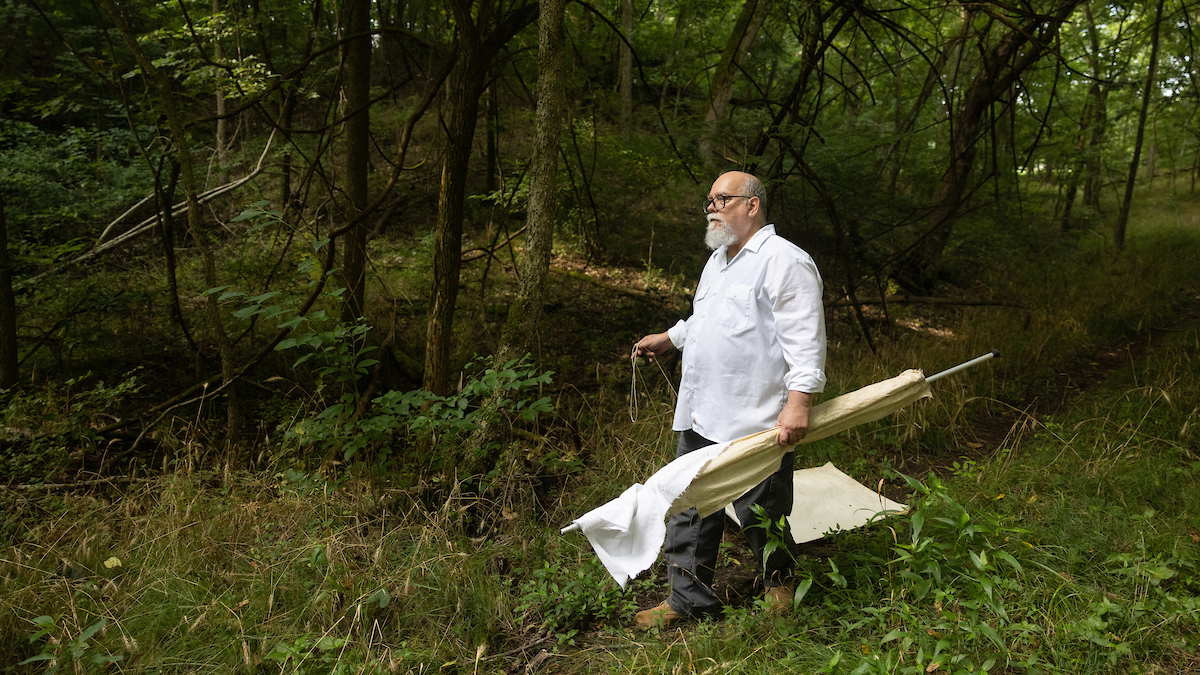
The Woodlands, which was acquired by the Darr College of Agriculture in 2013, has grown wild – making it a perfect location for research.
Research in the junkyard
Over four summers, Claborn and groups of students collected, identified and curated over 50,000 mosquitoes. They stomped through wreckage yards and old tire piles to extract samples.
Those locations may seem odd, but stagnant water and swampy conditions show up in the places you don’t expect. Mosquitoes love tire piles.
“Some mosquitoes are well-adapted to artificial containers because they’re well-adapted to living with humans,” Claborn said. “A wreckage yard is perfect breeding ground.”
The team lured mosquitoes with dry ice, then took them back to the lab to identify. The process had to be quick for the volume of mosquitoes and the scope of the state.
They ended up finding no specimens of the Yellow Fever mosquito, which is the main transmitter of Zika. Yellow Fever mosquitoes used to be abundant in Missouri. However, they did find two other invasive species that may have influence in the state.
“No one had looked at the mosquito fauna in Missouri for about 75 years.”
The first species, which Claborn believes displaced the Yellow Fever mosquito in Missouri, is the Asian Tiger mosquito. It also can carry Zika.
“This species is common, and it’s everywhere,” he said.
The second species is the Asian Bush mosquito.
“Both of these species became abundant in Missouri just over the last 20 years,” Claborn said. “These new species change our risk profile for the transmission of Zika and other viral diseases.”
The DHSS used Claborn’s data to form contingency plans. With his help, the state is prepared for a potential Zika, or other mosquito-borne virus, outbreak.
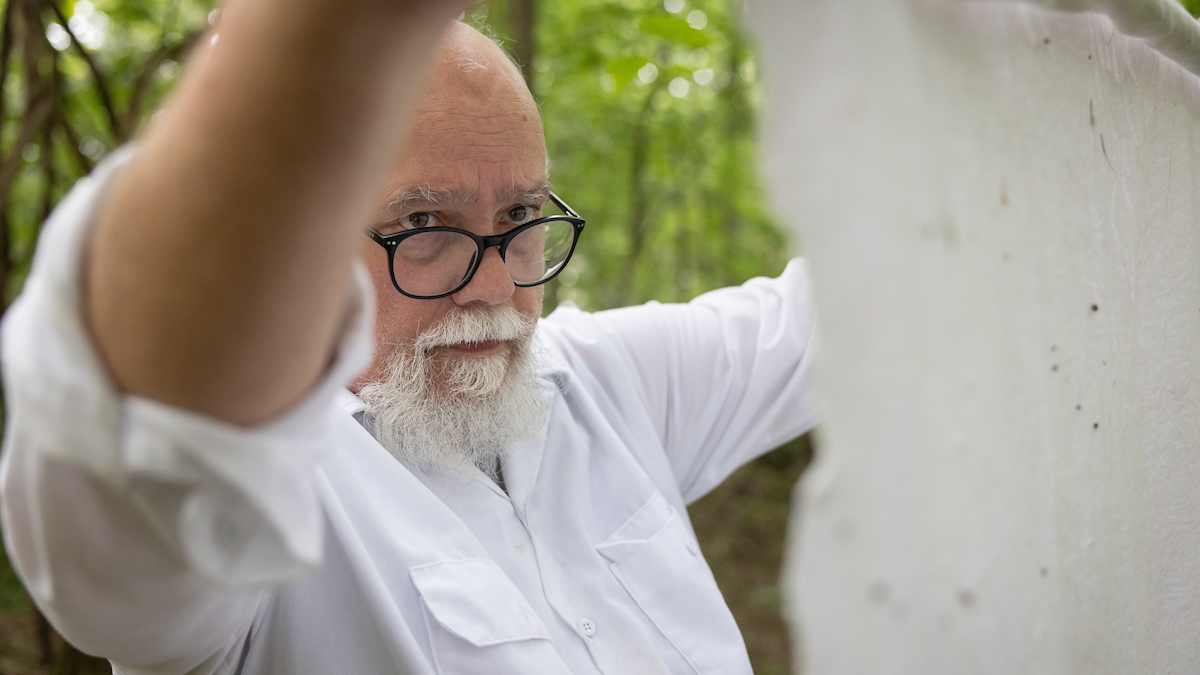
In addition to Dr. David Claborn’s work with mosquitoes, he is also studying tick populations.
Speaking of viral diseases
In spring 2020, Claborn’s work was disrupted by a new public health emergency: the COVID-19 global pandemic.
Claborn was on the MSU COVID-19 crisis management core executive team, which activated March 2, 2020. Using his experience in public health, he helped lead the asymptomatic saliva testing on campus.
Claborn wrote the testing questionnaire, collecting demographics such as living situations, age, race and other variables. The testing team compared positive tests with the demographic data, looking for patterns affecting disease transmission.
The pandemic highlights Claborn’s earlier point: Environments are disrupted in many ways. Educated, flexible public health experts are always on guard for the next health emergency.
“Four years ago, the main concern was Zika, but the nature of public health is that the main health concern can flip on its head very quickly,” Claborn said. “You have to be prepared to go do what needs to be done.”
- Story by Lauren Stockam
- Photos by Jesse Scheve
- Video by Chris Nagle and Megan Swift
Further reading
Our genders, our emotions
Dr. Elizabeth King, a Missouri State University College of Education professor, researches the learning environments of early childhood students. One area she investigates is how teachers talk about emotions with young children.
King believes gender plays a major role in our social-emotional development.
“The ways we talk about emotions with young children is affected by and affects our views of gender,” King said.
“Our views of gender influence who we allow to experience and express various emotions. That changes how we talk about emotions with children.”
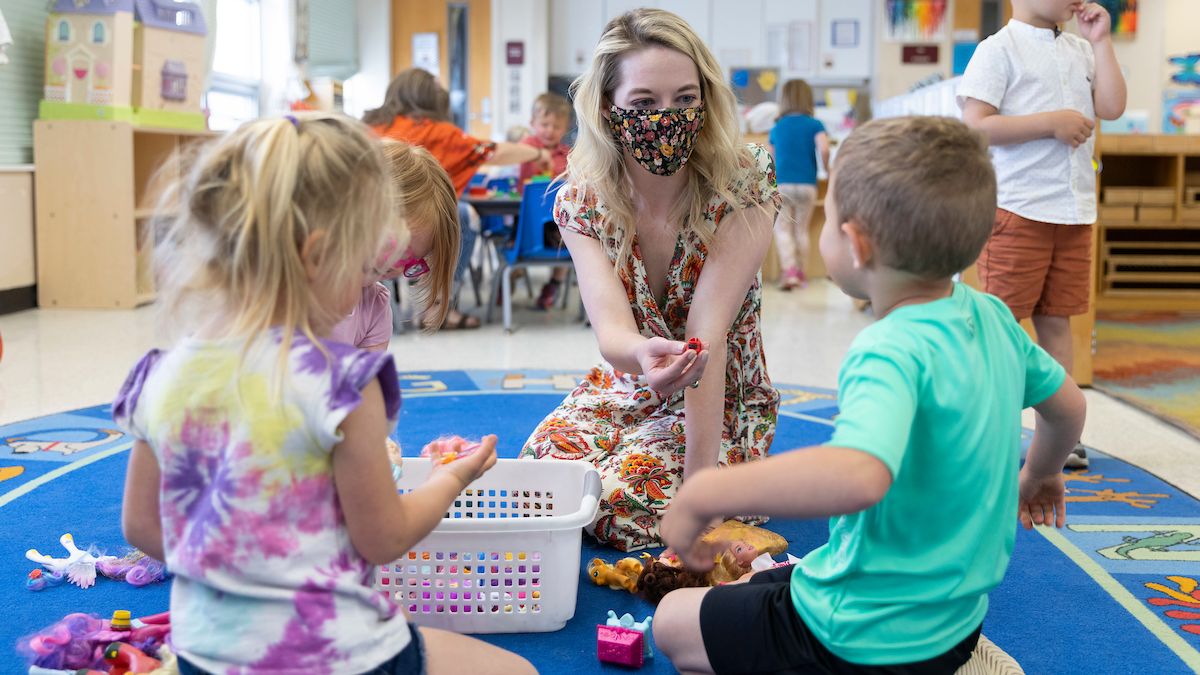
Dr. Elizabeth King interacts with a group of children in Missouri State University’s Child Development Center. In her research, she discovered preschool teachers tend to minimize preschool boys’ negative emotions.
Emotion language
In a 2020 study published in Early Childhood Development and Care, King examined 112 toddlers across 27 different preschool classrooms in North Carolina. She first asked teachers to assess students’ social-emotional competence through a questionnaire. Then, King watched the young children in action.
“I just recorded the interactions of the teachers and children just how they would be — not in any specific type of activity,” King said.
King later watched her recordings and began coding teachers’ emotion language. Most of it fell into one of four categories:
- Labeling: Definitive statements about emotions, such as, “I feel happy.”
- Questioning: Questions to determine how another is feeling, such as, “Are you sad because you can’t find your toy?”
- Explaining: Statements that bring reasoning to emotions, such as, “I think you feel angry because you can’t go outside.”
- Minimizing: Dismissive statements toward emotions, such as, “Don’t cry. You’re okay.”
Finally, after classifying emotions on a pleasure to pain scale — with emotions such as excitement on the pleasure end and emotions such as sadness on the pain end — King viewed the recordings again. This time, she studied which emotions teachers addressed of male versus female students.
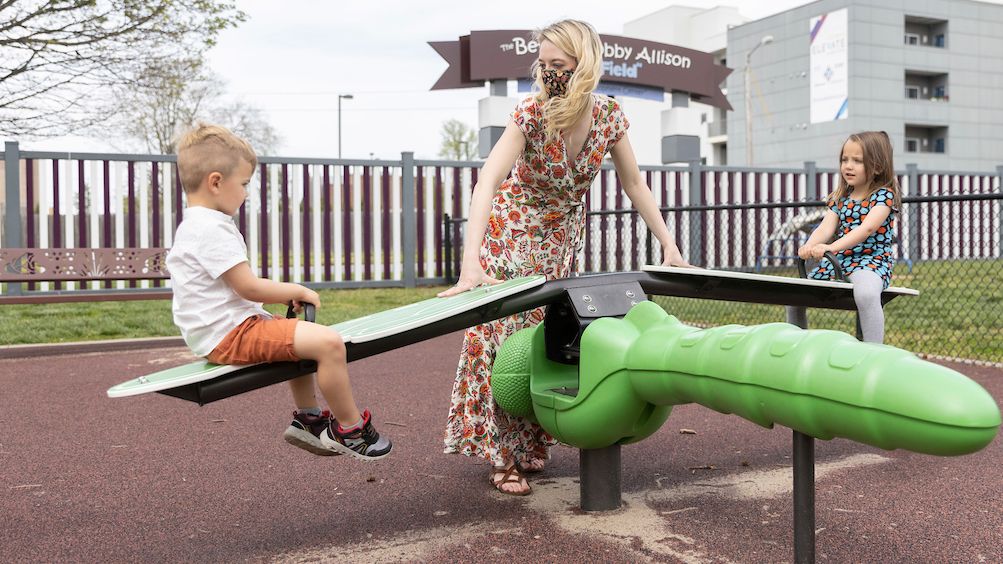
Observations from preschool playtime provided much of the data Dr. Elizabeth King needed for her recent research projects.
Unconscious bias
King’s findings ultimately aligned with her predictions.
“When teachers talked to boys, they most often talked to them about their negative emotions,” she said. “They’re actually minimizing boys’ negative emotions and saying things like, ‘You’re okay. You’re fine. Don’t cry.’”
King also discovered teachers’ tendency to encourage girls to show more positive emotions.
“Often, teachers socialized girls to be these smiley rays of sunshine,” she said.
“They commented on girls’ expression of happiness and said things like, ‘Now you’re happy! You’re really enjoying that music.’”
King doesn’t blame the teachers she observed. She understands the biases toward the ways we think others should show emotion are deeply rooted in our ideas about gender roles.
“We expect boys to be strong and girls to be positive,” King said.
She stresses the importance of teachers addressing these biases — and reflecting on the ways they respond to emotions.
What was her study’s discovery? The use of more emotion-minimizing language was associated with lower levels of social emotional competence in boys. The same relationship did not exist for girls. In short, dismissing boys’ emotions may hinder their ability to practice social emotional skills.
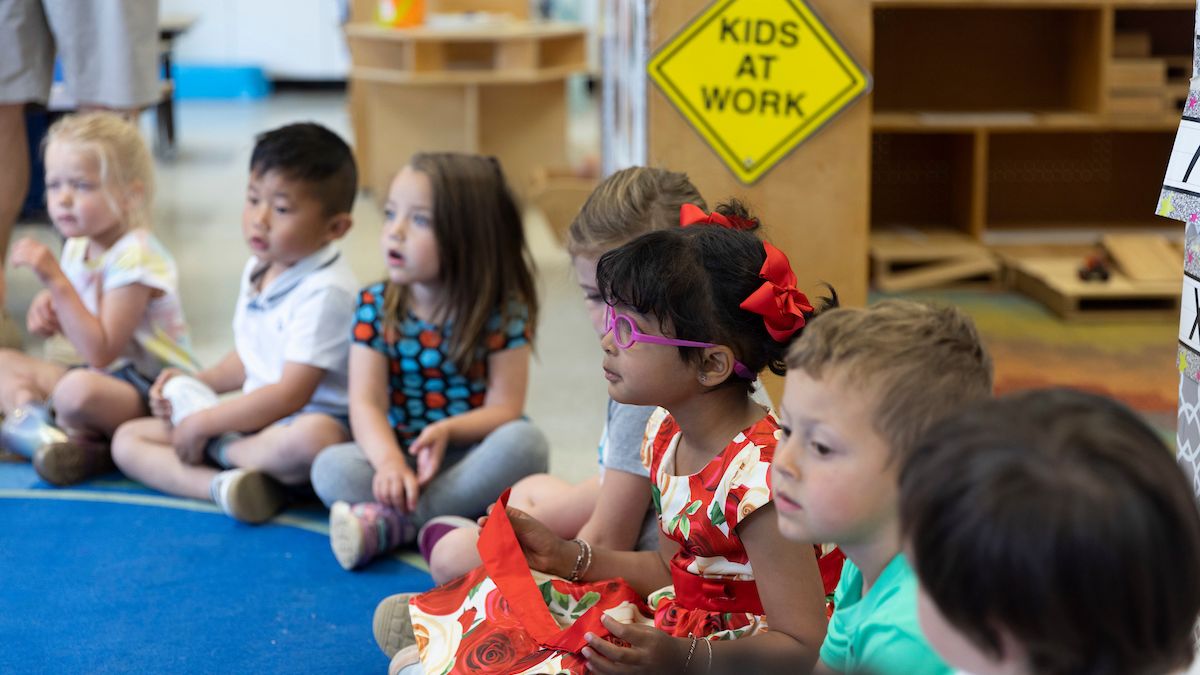
How does emotion language change when speaking to different genders? How does it change when speaking to children of different races? These are some of the questions Dr. Elizabeth King answers with her research.
Nuanced research
Studies regarding emotion language are relatively new, according to King. In fact, she’s among the first researchers to study the emotion language of teachers and how it changes according to the gender of students.
King has big plans for additional emotion language research. In fact, she published studies on teachers’ emotion language in both 2015 and 2018, too. She’s also interested in seeing how teachers’ emotion language changes when talking to students of different races.
“If we assume negative emotions from certain groups — like Black men, for example — are stronger than if a white woman were expressing them, that has implications for the safety of Black people,” King said.
She also wants to spearhead community-engaged research.
“That’s where I go into the field and work with teachers to reflect on and develop their practices,” King said.
For now, King is focused on her role as program coordinator for Missouri State’s early childhood and family development graduate program.
“We’re trying to update our standards for students and the ways we mentor them,” King said. “We want to ensure that we’re keeping the rigor, but also providing academic support they really need.”
Due to COVID-19, King couldn’t collect data for more research in fall 2020. Instead, she used the time to catch up on reading.
“I always need to buff up on what’s been done recently. I need to make sure I know exactly where we are as a field in order to situate my research” King said. “There’s so many questions you could ask.”
- Story by Sydni Moore
- Photos by Jesse Scheve

